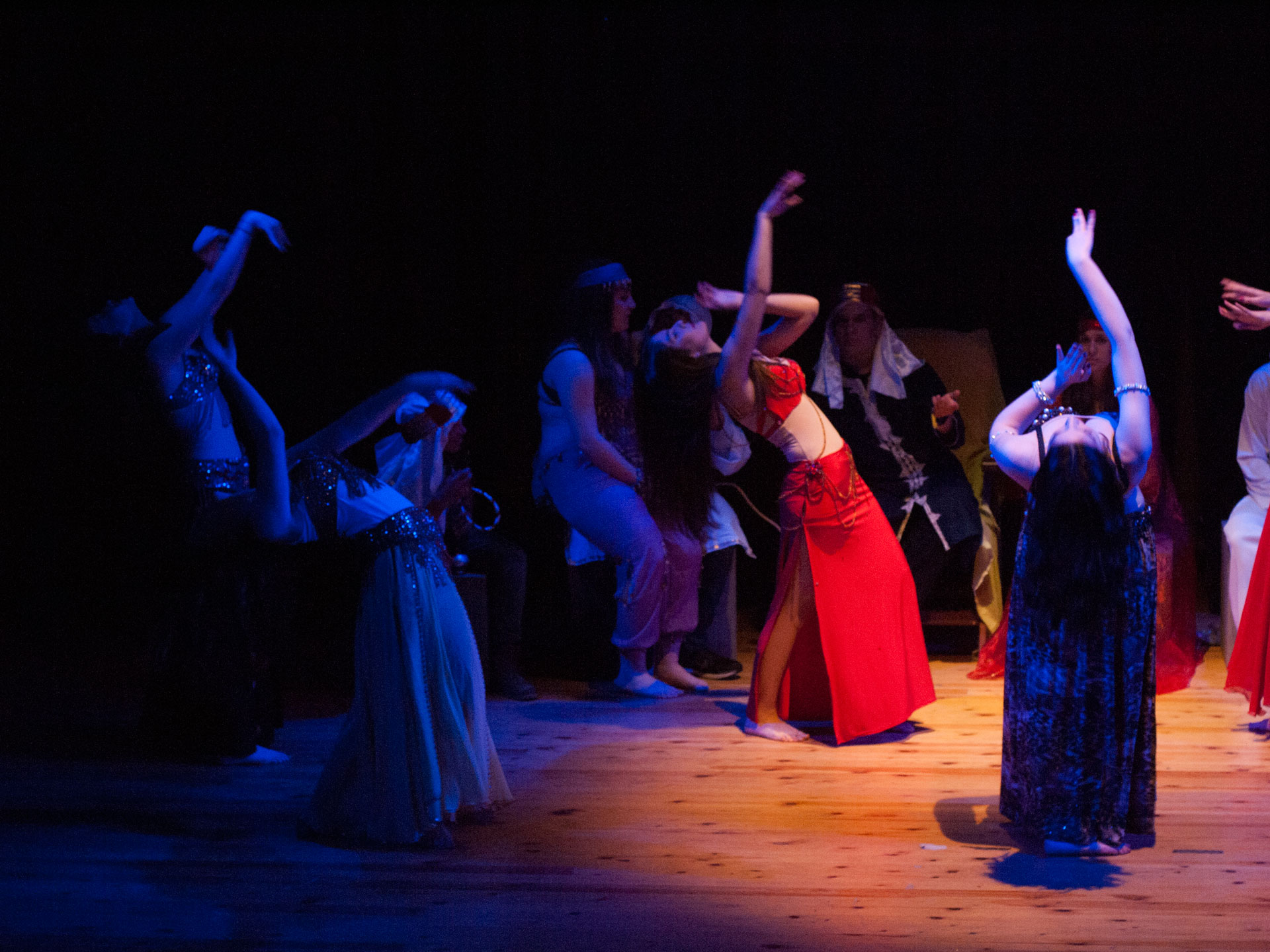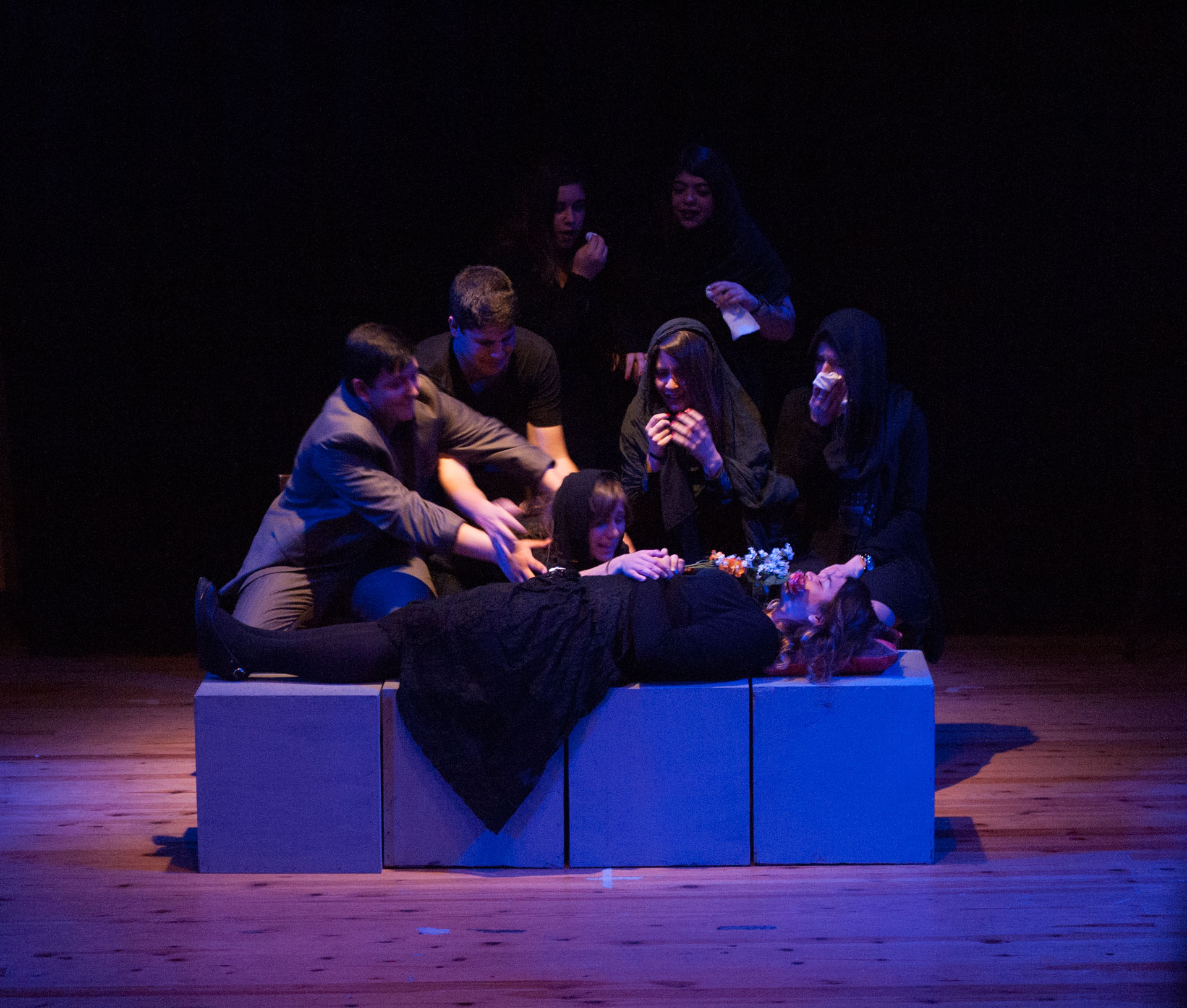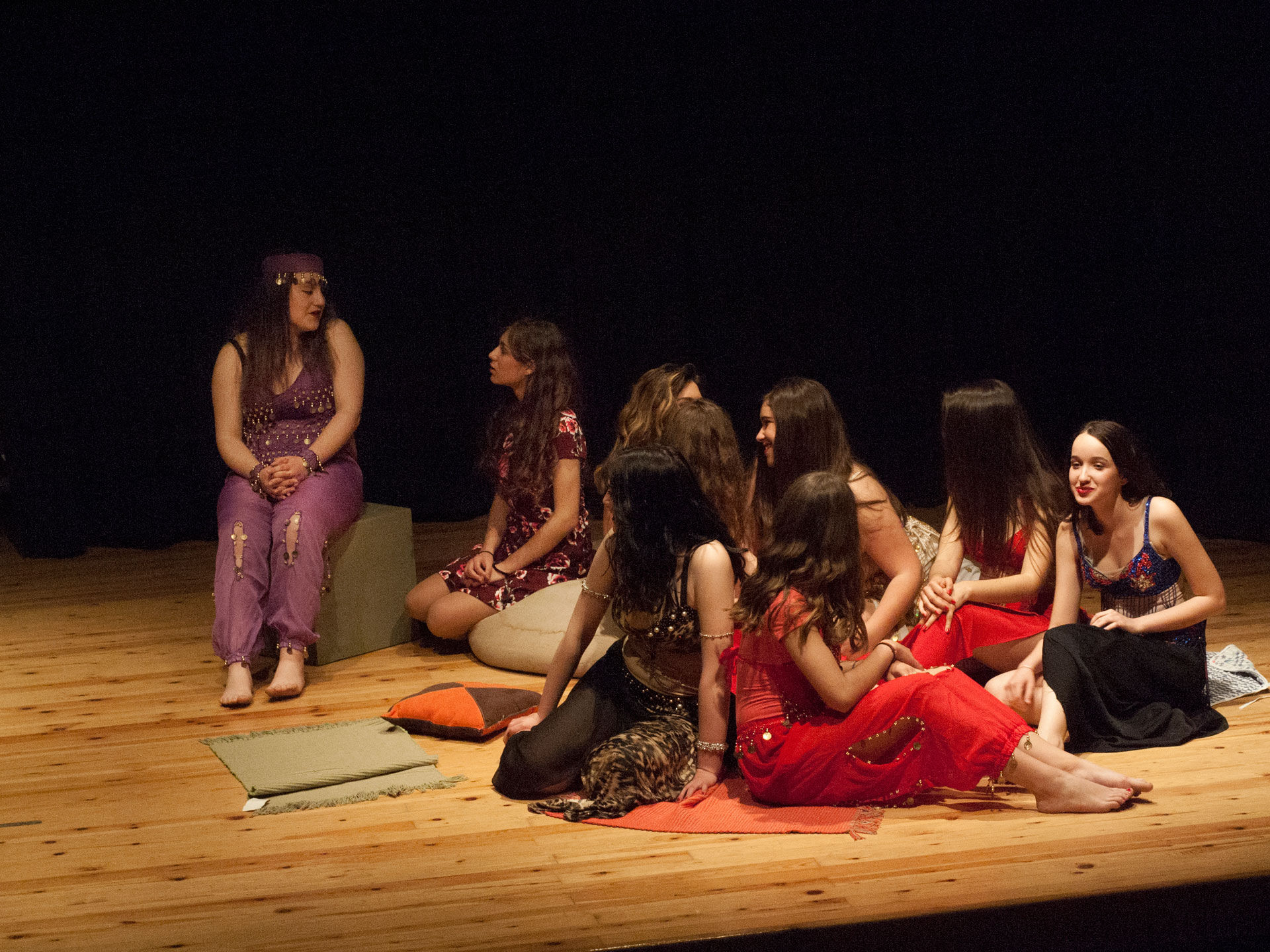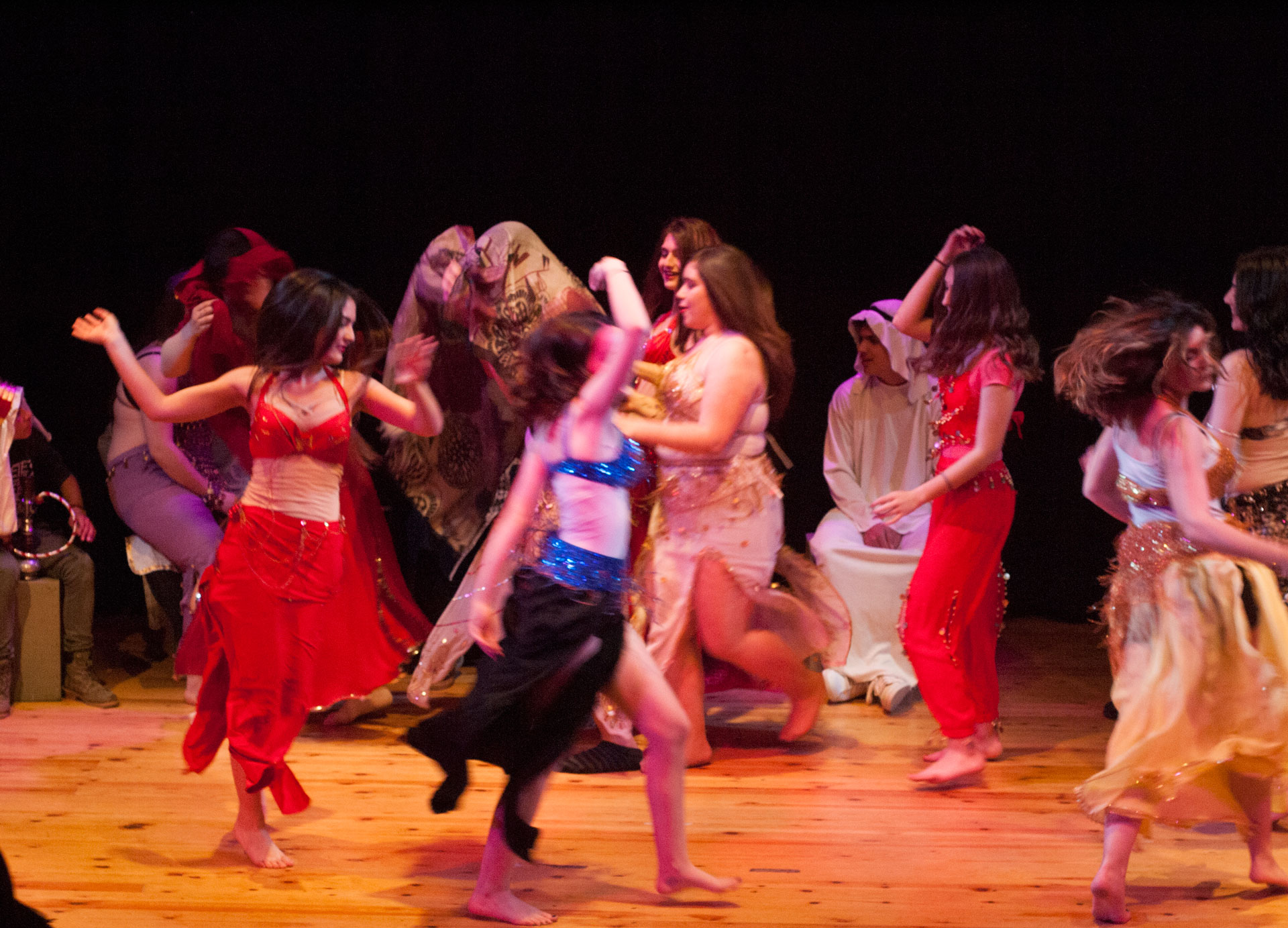XENGS
Member
Greetings everyone!
My first post on controlbooth
Here's the situation; I'm running sound and lighting for my school's theatrical play in about a week - The venue will be a small community (Not sure if that's the right word, aka. free-to-use) theater. I'll be attaching some photos in the end so you can see what the rig looks like more or less.
Last year it was an absolute disaster; I spent all my time trying to troubleshoot an issue with their Audio console cancelling out the signal from my interface and trying to get a broken Behringer GEQ to work. The house guy was actually not present, and when he eventually got there, he just started swearing excessively about two or three uncoiled cables the previous guys had left (Which was odd to say the least; It's just two cables man, chiil out!)
After I figured out the problem with the audio console, I went on with the lighting - This is were it gets weird. For some reason they've split the rig into two desks; a scenesetter 48 for all of the LEDs and an SGM studio 24 handling all of the conventionals. I knew how to program a scenesetter, but I had never worked on the SGM before - And guess what. He didn't know either... I mean, how's that possible? You're the house guy, it's your job, just spend 5 minutes to go through the manual!!! So I had to work with what I was given. Some pre-set scenes and some lights pointed all over the place. Seriously. It was a disaster. The best part was when I actually went home after the show and checked out the manual, turns out programming the SGM was as simple as pressing the grab button and selecting a fader.
This year it's going to be different. I'll be bringing my Behringer XR16 along to handle the audio, that way I won't have to be messing around for hours trying to work around broked EQs, weird consoles and unlabeled snakes. As for lighting, I'll be bringing my second laptop with me to control all of the LED lighting as I find the scenesetter cumbersome - I'd love to patch in the conventionals as well, but unfortunately I only have one universe of output.
Aaand since I know how to use the SGM this time, I'll be able to focus the lights properly.
So after all this long boring story here are my questions;
- The rig consists of some conventional profiles at FOH. I think they're 8 (?) but one or two had burnt out lamps. I'm trying to get a lighting plot to be sure, but If I can't (I doubt they would've taken the time to make an actual plot tbh), I may go over and check it out for myself. The play is unfortunately split Left-Right most of the time. Meaning I'll have to light up JUST the left and JUST the right of the stage as well as I can. All of the times I've been there, the FOH profiles had been shuttered square and pointing straight ahead. This allowed great control as far as Left-Right is concerned, but I wasn't particularly happy with the shades. Is it the norm? Should I try and get a 45* (or probably less) angle? Maybe I'll loose too much output by doing so? How would you approach this? If I do, should I try and shutter off the sides other than the top and bottom as well, or will it look ugly? If I remember correctly the profiles were variable zoom so that allows for some more flexibility.
- Would it be reasonable/normal (is that the right word?) to change the address on some of the LED fixtures (3-4 fixtures - and obviously get them back to their previous ones after the show)? The thing is they had to fit all of the LED pars into a 48 channel board (so they're pretty much patched in groups), and I'm coming in with a 512 one. I want to take advantage of it for some scenes where it really would make a difference.
I'm probably gonna come up with more questions down the line. I originally got into sound like 6 years ago, so I have some decent experience as far as that is concerned, but only got into lighting seriously last year - And my questions probably show it. Please go easy on me
Anyway, here are some pics of the venue I found on google (most recent ones I could find as there's been a few changes over the years), just a I promised.

https://2.bp.blogspot.com/-rHzo6KWN...OsZ4cf3D4atjSO8xYGRvHgCLcB/s1600/IMG_1144.JPG

https://1.bp.blogspot.com/-Cs3gDU44ib4/V3D4bAon11I/AAAAAAAAA40/6RFVTpgdmH03fsIvS4lZsKyYEBVGtZtIQCKgB/s1600/%2818%29.JPG

http://blog.nyxtamera.gr/wp-content/uploads/2013/03/dance_modern_02.jpg
Thanks a lot!
Cheers
P.S. Sorry if this is the wrong category for this kind of post, wasn't sure where to post it...
My first post on controlbooth
Here's the situation; I'm running sound and lighting for my school's theatrical play in about a week - The venue will be a small community (Not sure if that's the right word, aka. free-to-use) theater. I'll be attaching some photos in the end so you can see what the rig looks like more or less.
Last year it was an absolute disaster; I spent all my time trying to troubleshoot an issue with their Audio console cancelling out the signal from my interface and trying to get a broken Behringer GEQ to work. The house guy was actually not present, and when he eventually got there, he just started swearing excessively about two or three uncoiled cables the previous guys had left (Which was odd to say the least; It's just two cables man, chiil out!)
After I figured out the problem with the audio console, I went on with the lighting - This is were it gets weird. For some reason they've split the rig into two desks; a scenesetter 48 for all of the LEDs and an SGM studio 24 handling all of the conventionals. I knew how to program a scenesetter, but I had never worked on the SGM before - And guess what. He didn't know either... I mean, how's that possible? You're the house guy, it's your job, just spend 5 minutes to go through the manual!!! So I had to work with what I was given. Some pre-set scenes and some lights pointed all over the place. Seriously. It was a disaster. The best part was when I actually went home after the show and checked out the manual, turns out programming the SGM was as simple as pressing the grab button and selecting a fader.
This year it's going to be different. I'll be bringing my Behringer XR16 along to handle the audio, that way I won't have to be messing around for hours trying to work around broked EQs, weird consoles and unlabeled snakes. As for lighting, I'll be bringing my second laptop with me to control all of the LED lighting as I find the scenesetter cumbersome - I'd love to patch in the conventionals as well, but unfortunately I only have one universe of output.
Aaand since I know how to use the SGM this time, I'll be able to focus the lights properly.
So after all this long boring story here are my questions;
- The rig consists of some conventional profiles at FOH. I think they're 8 (?) but one or two had burnt out lamps. I'm trying to get a lighting plot to be sure, but If I can't (I doubt they would've taken the time to make an actual plot tbh), I may go over and check it out for myself. The play is unfortunately split Left-Right most of the time. Meaning I'll have to light up JUST the left and JUST the right of the stage as well as I can. All of the times I've been there, the FOH profiles had been shuttered square and pointing straight ahead. This allowed great control as far as Left-Right is concerned, but I wasn't particularly happy with the shades. Is it the norm? Should I try and get a 45* (or probably less) angle? Maybe I'll loose too much output by doing so? How would you approach this? If I do, should I try and shutter off the sides other than the top and bottom as well, or will it look ugly? If I remember correctly the profiles were variable zoom so that allows for some more flexibility.
- Would it be reasonable/normal (is that the right word?) to change the address on some of the LED fixtures (3-4 fixtures - and obviously get them back to their previous ones after the show)? The thing is they had to fit all of the LED pars into a 48 channel board (so they're pretty much patched in groups), and I'm coming in with a 512 one. I want to take advantage of it for some scenes where it really would make a difference.
I'm probably gonna come up with more questions down the line. I originally got into sound like 6 years ago, so I have some decent experience as far as that is concerned, but only got into lighting seriously last year - And my questions probably show it. Please go easy on me
Anyway, here are some pics of the venue I found on google (most recent ones I could find as there's been a few changes over the years), just a I promised.
https://2.bp.blogspot.com/-rHzo6KWN...OsZ4cf3D4atjSO8xYGRvHgCLcB/s1600/IMG_1144.JPG
https://1.bp.blogspot.com/-Cs3gDU44ib4/V3D4bAon11I/AAAAAAAAA40/6RFVTpgdmH03fsIvS4lZsKyYEBVGtZtIQCKgB/s1600/%2818%29.JPG
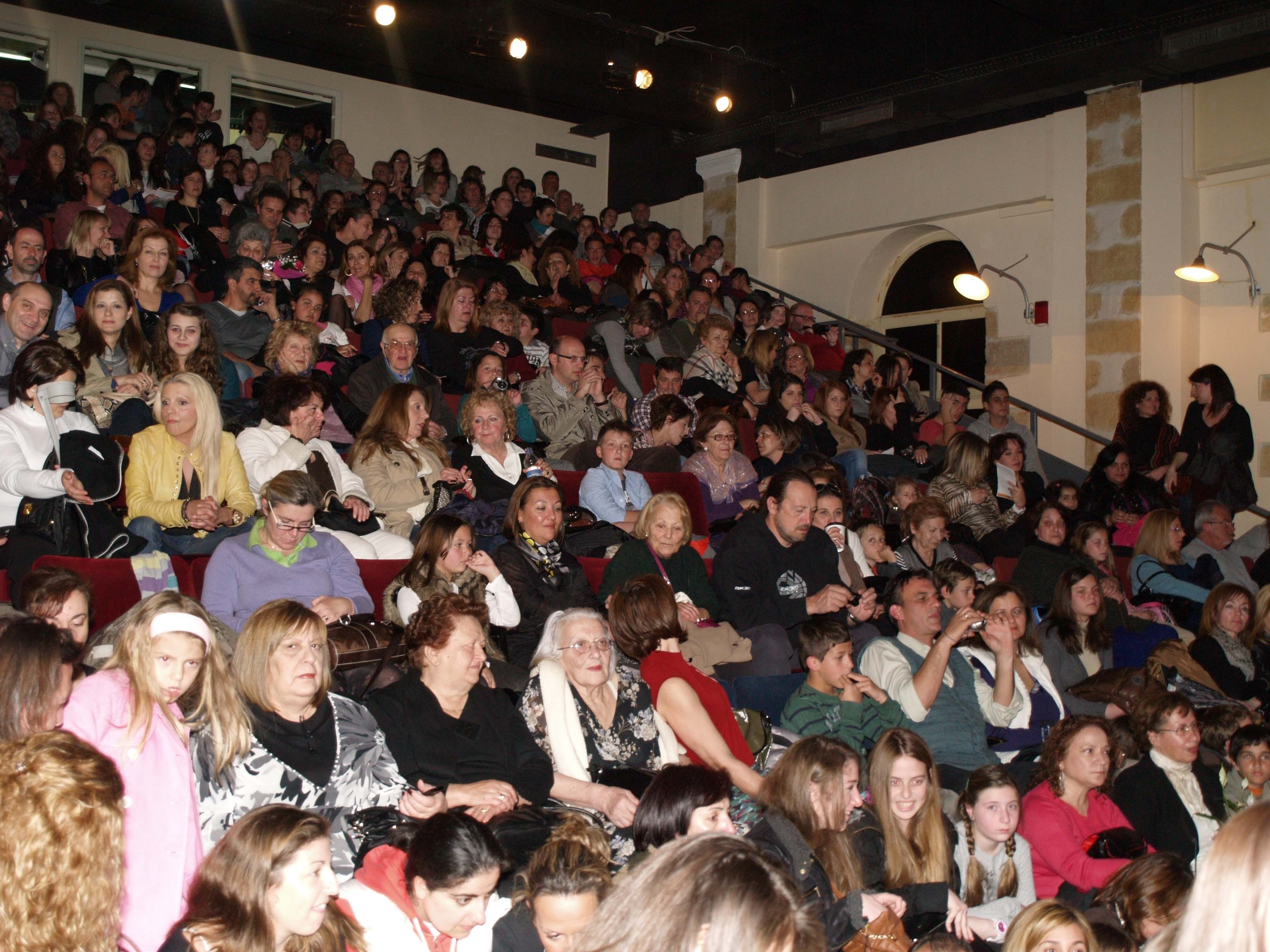
http://blog.nyxtamera.gr/wp-content/uploads/2013/03/dance_modern_02.jpg
Thanks a lot!
Cheers
P.S. Sorry if this is the wrong category for this kind of post, wasn't sure where to post it...
Last edited by a moderator:



